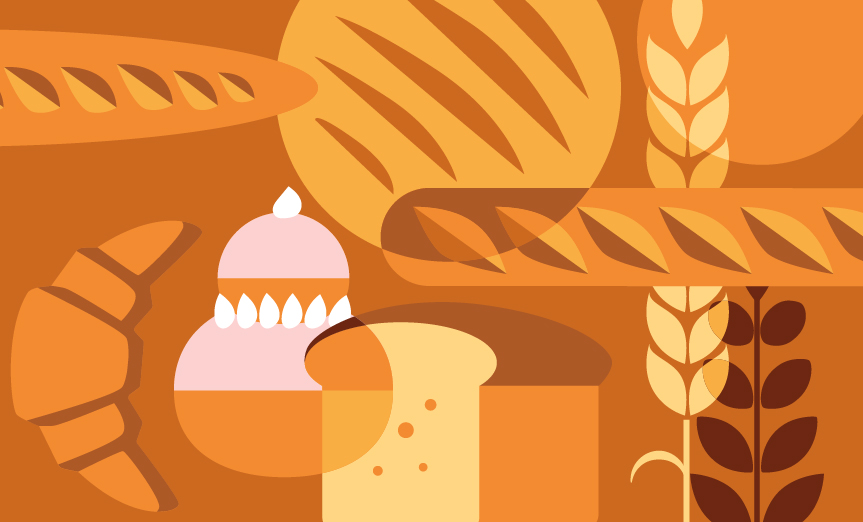48 hours along the Route Napoléon
Provence-Alpes-Côte d'Azur - Corsica - Monaco/2023

Let's take a step back in time! Let's adopt an imperial stature as we travel through a section of French history of which Victor Hugo said, "Nothing in history has resembled this quarter of an hour".
On March 1, 1815, Napoleon escaped from Elba and landed at Golfe Juan. His aim was to reach Paris as clandestinely and safely as possible. He mapped out the route himself, taking roads that didn't yet exist, using mule tracks, to go from Grasse to Digne, then Sisteron, Gap, Grenoble... He sent his generals out as scouts to make sure that the populations of the towns he passed through were on his side. On March 3, he arrived in Barrême two hours after Cambronne, where he spent the night. On March 4, he reached Château-Arnoux, and on the morning of March 5, Sisteron, where he stayed only a few hours before setting off again for Gap. The rest is history: as the journey progresses, it becomes a triumphal march to Paris.
We've chosen an extract that combines tourism, history and gastronomic discoveries in a sumptuous natural setting. Grasse, Castellane, Barrême, Digne, Château-Arnoux before reaching Sisteron, a hundred kilometers or so from this glorious advance into Provence for the much-told, praised, painted and repainted "return from Elba".
The N 85, commonly known as the Route Napoléon, with its many commemorative plaques, was officially laid out on its present course from Lyon to Antibes in 1824. Unless you put on a frock coat and a bicorne and place a hand over your heart, it's pretty hard to get under Napoleon's skin. The roads are wide, the architecture of the villages has evolved and tourism has developed.
If you do the whole trip, starting from Golfe Juan or Grasse, you won't discover the beauty of the wild landscape until you reach the first pass, the Faye, at nearly 1000 m. This is where the mountains begin, the desert hills, the wind, the ruggedness of the scenery; cyclists will appreciate this, and their troubles are not over yet. A little further on, the Col de Luens at 1054 m links the Artuby and Verdon valleys. Some ten kilometers further on, you're in Castellane.
Castellane is a pretty town and the starting point for many a hike to the lakes and gorges of the Verdon. You can get your strength back at the Fournil du Verdon and enjoy the market on Wednesdays and Saturdays.
Between Castellane and Barrême, like all hikers and cyclists (the Tour de France has passed through here twice in the last 10 editions), you'll want to stop off at the Col des Lèques at 1147 and its famous Bistrot du Col, almost unaffordable in high season. In Barrême, you'll greet Napoleon in the village square, drawn in silhouette and bearing a description of his itinerary, and, in season, visit the Distillery Museum dedicated to lavender, long the region's blue treasure. You'll then follow the course of the Asse almost as far as Digne, prefecture of the Alpes de Haute-Provence and spa town.
Two imperial stages later, via Malijai and Volonne, you're in Château-Arnoux, a pretty Provencal village known for its beautiful hostellerie de La Bonne Étape. You'll then follow the Durance to Sisteron, capital of lamb, and its beautiful citadel. A very lively resort in summer (with visitors from the Luberon and Jabron valleys). Sisteron is undoubtedly the most interesting and authentic stopover on the famous Route Napoléon.

Open

Open



Open

Open

Open
Food products, kitchen equipment, tableware, service solutions...
See the full list of partners who place their trust in Gault&Millau
All our partners
Become
a Partner
LEARN MORE















































